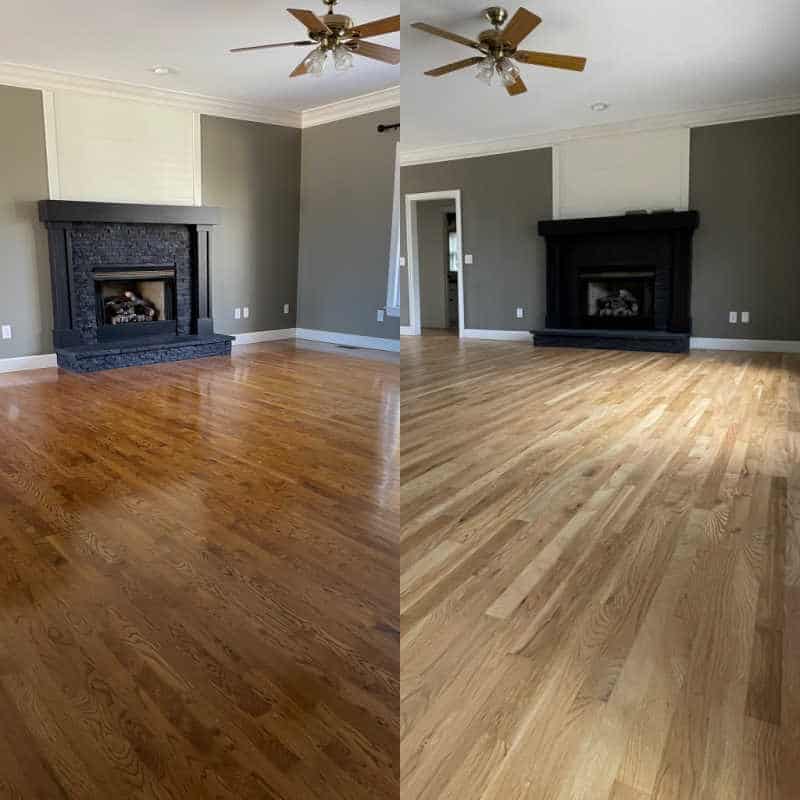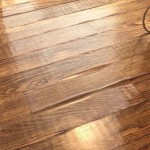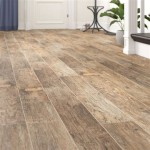How Hard Is It To Refinish Wood Floors?
Refinishing wood floors can be a rewarding project, giving your home a fresh and beautiful look. It involves stripping off the old finish, sanding the wood, and applying a new coat of stain and sealant. However, the difficulty of this undertaking depends on several factors, including the size of the area, condition of the floors, and the skill level of the person attempting the project.
Factors Affecting Difficulty
Several key factors influence the difficulty of refinishing wood floors:
Size of the Project
A small area, like a single room, is easier to refinish than a large space, such as an entire house. The time and effort required increases with the size of the project.
Condition of the Floors
The condition of the existing finish significantly impacts the difficulty. Floors with old, damaged, or multiple layers of finish can be challenging to strip and sand. Damage like scratches, dents, or water damage may require extra work and specialized tools.
Skill Level
Refinishing wood floors requires patience, attention to detail, and some familiarity with tools and techniques. A homeowner with experience in DIY projects may find it easier than someone with limited experience. It's important to realistically assess your skills before undertaking this task.
Key Steps & Challenges
Refinishing wood floors involves several critical steps, each presenting its own challenges:
1. Stripping the Existing Finish
This step involves removing the old finish with a chemical stripper or a specialized sanding machine. Removing multiple layers of finish can be time-consuming and require careful handling of potentially hazardous chemicals.
2. Sanding the Wood
Sanding the wood is crucial for achieving a smooth and even surface for the new finish. This step requires multiple passes with progressively finer grit sandpaper, demanding precision and skill to achieve the desired results. Sanding down to bare wood can be physically demanding and require a lot of dust control.
3. Applying Stain and Sealant
The final step is applying the stain and sealant, which can be challenging to apply evenly, especially for beginners. Proper application requires a steady hand, awareness of the drying time, and careful attention to detail.
DIY vs. Professional
While refinishing wood floors can be a satisfying DIY project, hiring a professional offers several advantages. Professionals have experience, specialized equipment, and knowledge of proper techniques to ensure a high-quality finish. They can also handle potentially hazardous materials and dispose of them safely.
However, DIY refinishing can be a cost-effective way to improve your home. Ultimately, the decision to DIY or hire a professional depends on your budget, skill level, and comfort level with the task.
Important Considerations
Regardless of whether you DIY or hire a professional, several considerations are essential:
Safety
Refinishing wood floors involves potentially hazardous materials like chemicals and dust. Proper ventilation, protective gear, and knowledge of safety procedures are essential.
Time Commitment
Refinishing wood floors is a time-consuming project, especially for larger areas. Be realistic about the time required and schedule accordingly. It's not a "weekend project" for most homeowners.
Budget
Cost factors include materials, tools, equipment, and potential for errors. Budgeting accurately is crucial for a successful project.

How To Refinish Hardwood Floors Part 1 Life On Shady Lane

How Long Does It Take To Refinish Hardwood Floors Refinishing Guide Reallyfloors America S Est Flooring

How To Refinish Hardwood Floors

Hardwood Floor Refinishing Restoration N Hance Wood

Hardwood Floor Refinishing Loudoun Valley Floors

Refinishing Old Thin Hardwood Floors Lemon Thistle

How To Refinish Hardwood Floors Give Your Home A New Look

Hardwood Floor Refinishing And Everything You Need To Know At Home With The Barkers

Refinishing Dated Hardwood Floors Transformation From Start To Finish

Refinishing Hardwood Floors Diy Wood Floor Tips







